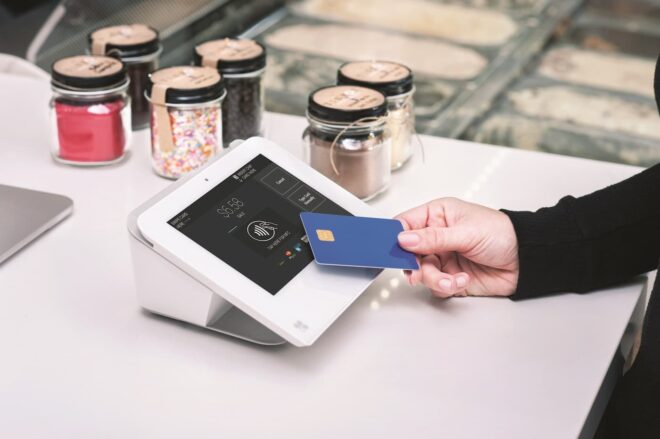What is forecasting?
Forecasting is estimating your future sales and revenue, and can be incredibly useful for planning and budgeting. In fact, accurate forecasting is a crucial component of managing your cash flow. While there are factors outside your control (such as an unexpected global pandemic), there are many parts of your business you do control. For example, a more accurate forecast can help lower your unused inventory costs and your labor costs, which increases your margins. Accurate forecasting can even help with longer-term planning, such as expanding into new locations.
How to create a sales forecast using Clover Reporting
Before you dive into Clover’s Reporting tool, consider what types of changes affected your business last year and when they happened.
Once you have date ranges in mind, you can look at each report and compare year-over-year or month-over-month to see what changes occurred. The ability to compare time periods is game-changing because it shows you overall trends that will help you manage inventory, labor costs, and even identify overall trends in consumer behavior.
You can then develop plans for different scenarios so you can pivot quickly as things change. For example:
- One of our restaurant merchants was able to determine that their customer base switched primarily to take out and that their main source of revenue (alcohol sales) took a big drop in demand as a result. Because the profit margin was significantly higher on drinks, they promoted their ability to deliver enclosed alcohol (like a full bottle of wine or beer) and sales took off.
- A local retailer was able to identify her peak hours and limit her labor costs by changing her hours of operation. She also noticed that consumer spending patterns changed during the pandemic causing a run on some items, while other items with a larger profit margin were less popular. She created a promotion bundling the two together, which improved sales overall, but also made adjustments to inventory to be more efficient.
- One of our beauty salon merchants noticed a lot of cancelations during the pandemic, so she used the partial payments report to estimate her cash flow and forecast sales for when she would be able to re-open.
Note: Reports are only as accurate as the data feeding into them, so make sure your sales, orders, and inventory are recorded properly and that you don’t have any duplicate items which would make your data inaccurate and misleading.
Ready to get started? Check out our next article in this series detailing which reports you can pull and how to leverage them for better forecasting.
Other articles you may like
This information is provided for informational purposes only and should not be construed as legal, financial, or tax advice. Readers should contact their attorneys, financial advisors, or tax professionals to obtain advice with respect to any particular matter.






